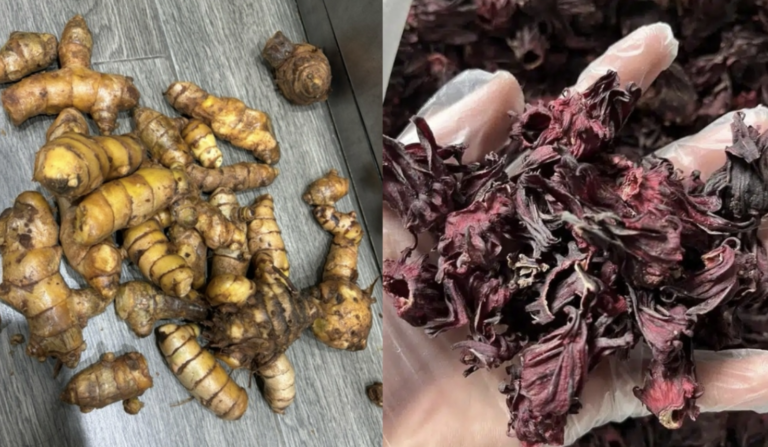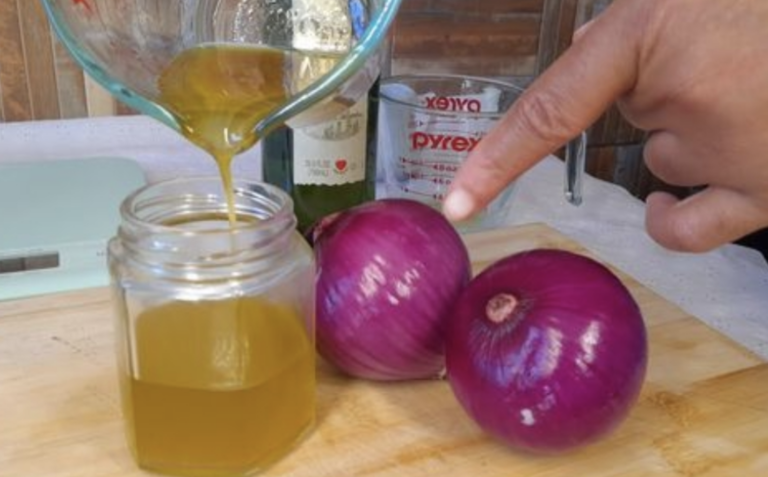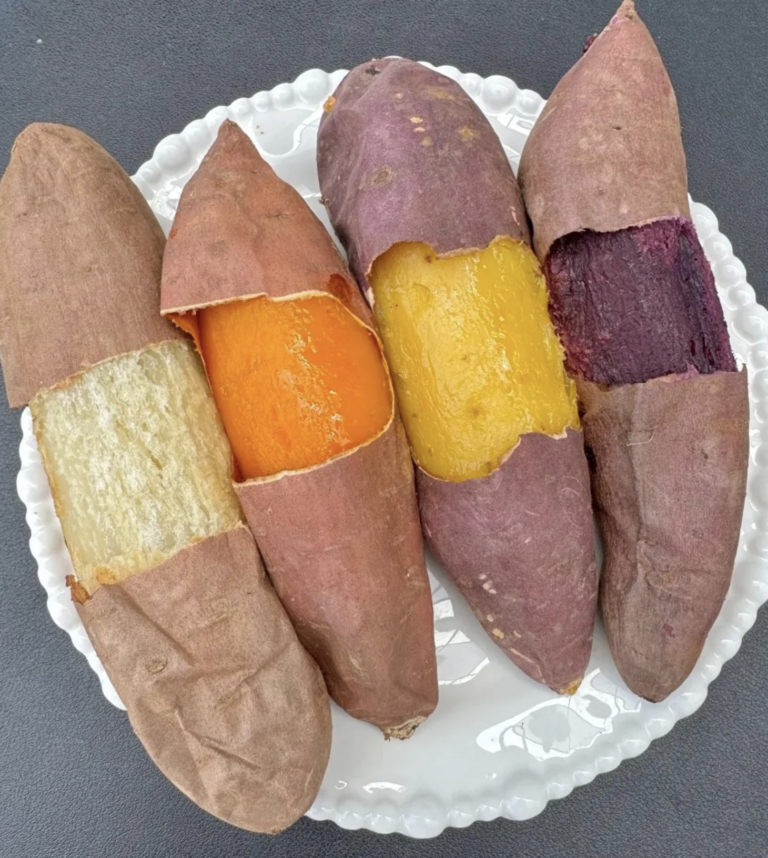Often mistaken for a stubborn weed, Cyperus rotundus—also known as nutgrass or purple nutsedge—is a powerful herbal remedy with a long history in traditional medicine. From Ayurveda to Traditional Chinese Medicine (TCM), this versatile plant has been used for centuries to support digestion, ease pain, and promote overall well-being. Discover the surprising health benefits of Cyperus rotundus and how to incorporate it into your daily routine.
What is Cyperus Rotundus?
Belonging to the sedge family (Cyperaceae), Cyperus rotundus is a perennial plant known for its fine, grass-like leaves and aromatic tubers. Though often seen as an invasive species, it is widely valued in herbal medicine for its anti-inflammatory, antimicrobial, and adaptogenic properties.
Top Health Benefits of Cyperus Rotundus
1. Potent Anti-Inflammatory Properties
- Rich in flavonoids and terpenoids that help reduce inflammation.
- Alleviates joint pain, swelling, and skin irritations.
2. Supports Digestive Health
- Relieves indigestion, bloating, and diarrhea.
- Stimulates appetite and promotes a balanced gut microbiome.
3. Natural Pain Relief
- Traditionally used to ease headaches, menstrual cramps, and muscle aches.
- Provides a natural alternative to over-the-counter pain relievers.
4. Regulates Hormonal Balance
- Particularly beneficial for women, helping to regulate menstrual cycles and alleviate menopause symptoms.
- Aids in maintaining hormonal equilibrium naturally.
5. Antimicrobial & Antifungal Benefits
- Combats harmful bacteria and fungi, reducing the risk of infections.
- Supports faster wound healing and enhances skin health.
6. Reduces Stress & Promotes Mental Clarity
- Used in herbal teas to calm anxiety and improve sleep quality.
- Helps enhance focus and emotional well-being.
How to Use Cyperus Rotundus for Optimal Benefits
1. Herbal Tea for Digestion & Relaxation
How to Prepare:
- Steep dried Cyperus rotundus tubers in hot water for 10–15 minutes.
- Strain and drink, optionally adding honey or ginger for enhanced flavor.
- Best Time to Drink: Before meals for digestive support or before bed for relaxation.
2. Topical Paste for Skin & Pain Relief
How to Use:
- Crush fresh Cyperus rotundus tubers into a fine paste.
- Apply to affected areas such as rashes, wounds, or sore muscles.
- Best For: Relieving joint pain, soothing inflamed skin, and treating insect bites.
3. Essential Oil for Stress & Pain Management
How to Use:
- Diffuse in an aromatherapy diffuser for relaxation.
- Mix with carrier oils (such as coconut or almond oil) and massage onto sore areas.
- Best For: Reducing stress and easing muscle pain.
4. Powder & Capsule Supplements for Daily Wellness
How to Use:
- Take 500 mg of Cyperus rotundus powder or capsules daily.
- Ensure supplements are sourced from reputable brands.
- Best For: Supporting digestion, hormonal balance, and general well-being.
Safety & Precautions
- Always consult a healthcare provider before using, especially if pregnant, breastfeeding, or on medication.
- Avoid excessive consumption to prevent digestive discomfort.
- Choose high-quality, organic sources for the most effective results.
Unlock the Healing Potential of Cyperus Rotundus!
From soothing digestive issues to balancing hormones and reducing stress, Cyperus rotundus is a natural remedy packed with health benefits. Whether enjoyed as a tea, applied topically, or taken as a supplement, this ancient herbal gem can be a powerful addition to your wellness routine.












